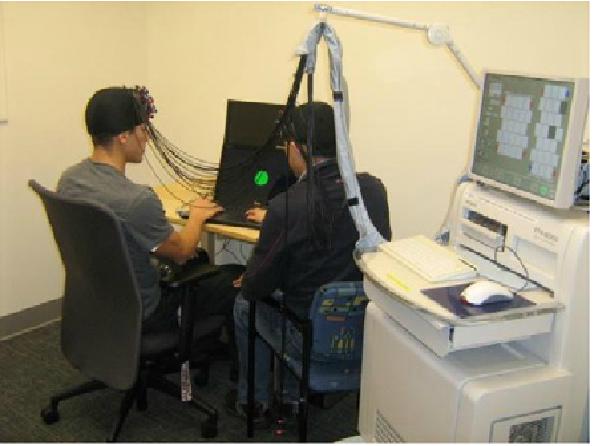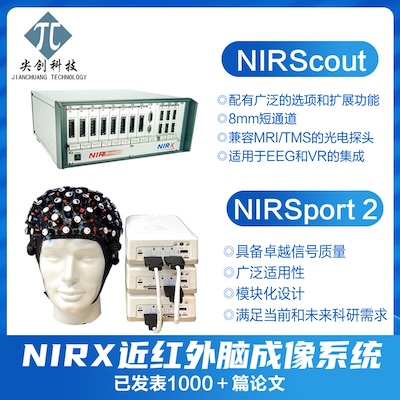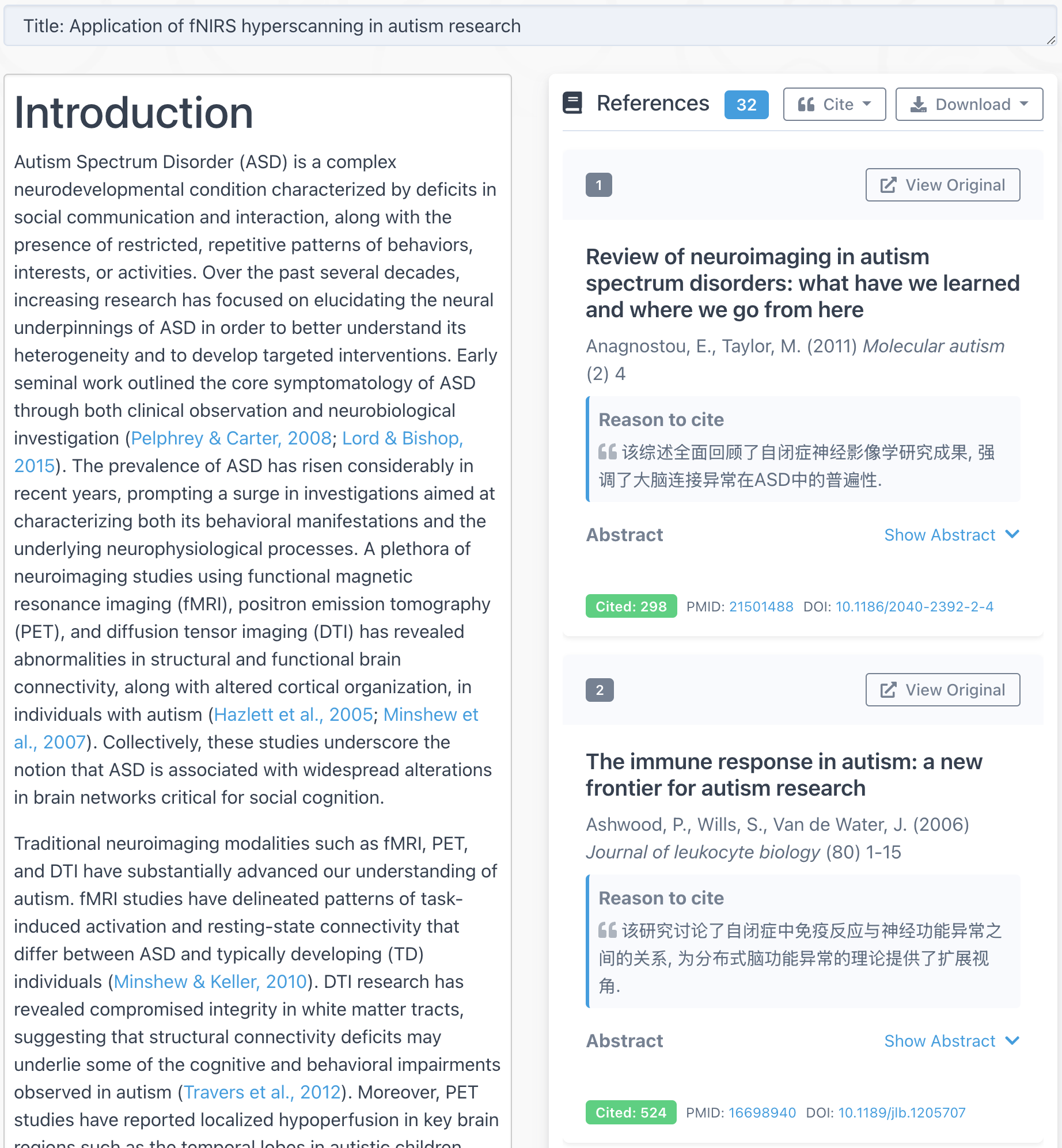Previous post “Games used in human brain research [1]”
The finger tapping task mentioned in the last post is rather boring. How interesting it is to move fingers? So in this post I will talk about a more interesting task: competitive button pressing.
In this task, the number of subjects is 2. Two people sit side by side in front of a computer screen. In each trial, a gray circle appears indicating “ready”. After a few seconds, the gray circle is filled with green, indicating “go”. Upon seeing the “go” signal, the two subjects have to press buttons as quickly as possible. Subject A presses button A, and subject B presses button B. Then the computer records which subject is faster (winner). The trial repeats for 20 times. The numbers in the above description can vary.
This task is used in our recent hyperscanning study where we scan two people’s brains at the same time when they play games together. The above competition game is one of the games. This seemingly very simple game is actually very interesting because people want to win their peers. Another game they played, called cooperation game where they have to cooperate to win, is less interesting.
This task is simply a two-people version of the classic reaction time task. Reaction time of human is an interesting subject to scientists, as it is a measure of how fast signal is processed in the brain (from eye to brain to motor output). The world-class sprinter can have reaction time as small as 180ms. That means if you find your subject’s reaction time is smaller than 180ms, you should be careful of the data (or excited about your subject).
It should be noted that the duration between ‘ready’ and ‘go’ signal is a factor influencing the reaction time. The longer the duration, the shorter the reaction time. Check out this paper. Also, to reduce subjects’ ability to predict the timing of “go”, it’s better to randomize the duration between ‘ready’ and ‘go’.
btw, Do you know that intelligence is correlated with reaction time? The faster, the smarter.



